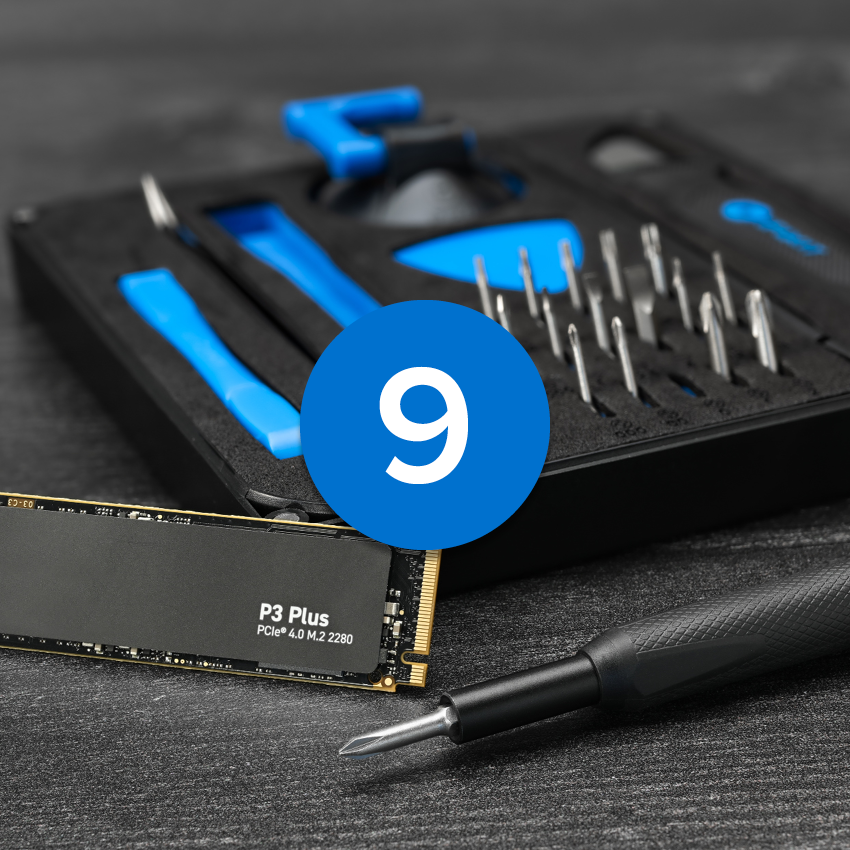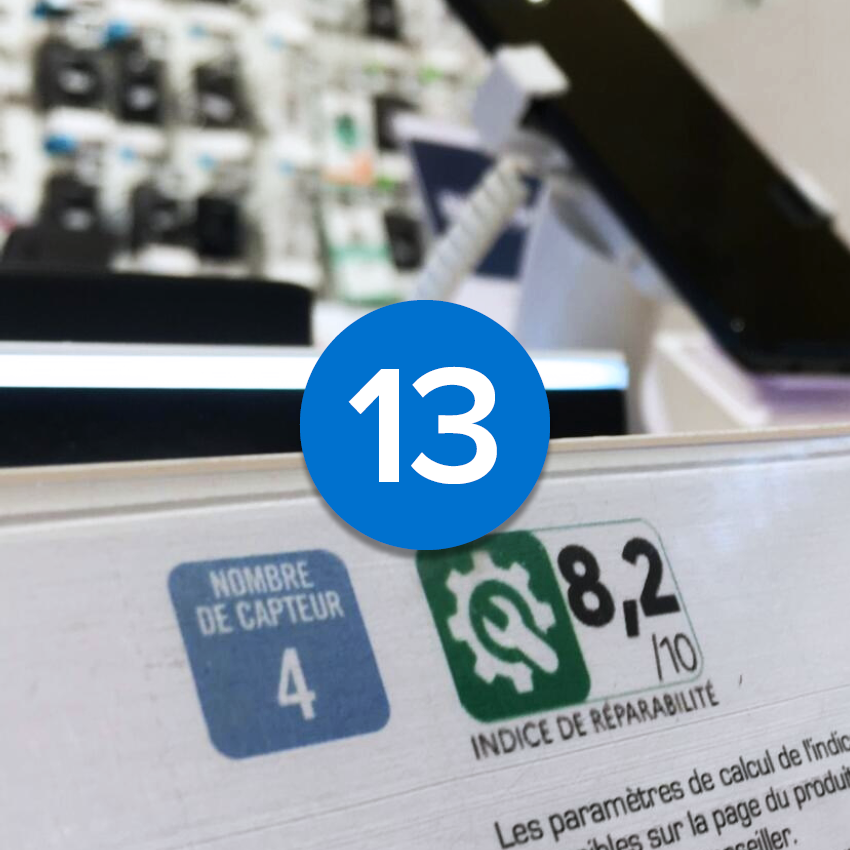
iFixit’s Gold Standard of Repair

The 13 Repair Principles
At iFixit we’ve spent 20 years defining and refining the formula for a world-class repair ecosystem—a formula that any committed manufacturer can adapt and use. It captures our experience as product owners, repairers, educators, spare part suppliers, tool designers, and repair advocates.
These are the thirteen foundational principles of a comprehensive repair ecosystem.

Repair only becomes viable when…
- repair information is freely available
- spare parts are available and affordable
- tools are accessible, and
- the product can be disassembled and reassembled non–destructively.
A successful repair includes product identification, diagnosis, part procurement, tool procurement, product disassembly, part replacement, product reassembly, and testing. All these steps must be supported with information and resources—if any step in the sequence breaks down, the whole repair effort may fail.

Repair is part of the customer experience.
Sooner or later, the owners of your product will need repair options. How the repair process plays out is largely up to you. A repair starts when the product breaks and completes when the product once again works as expected. Ideally, using a repaired product should be as enjoyable as buying a new product.

Repair deserves to be supported.
Things don’t always go as planned—someone should be ready to help product owners throughout the repair process. Help can come in many forms: a support line, forums, contact with professional repair technicians, etc.

Repair should be as quick and easy as possible.
Critical components—those with a high likelihood of repair/upgrade, that are crucial to keeping the product in service—should be modular, accessible, and straightforward to replace. Unnecessarily complex or cumbersome processes impede recyclability and repair.

Repair should be safe—both for products and their humans.
Good design for repair minimizes risk of damage to the product during the repair process. If users are following basic safety precautions, the risk of injury to the person doing the repair should be minimized or prevented altogether.

Repair should be positively framed and communicated—even encouraged.
Nothing lasts forever. Repairs are part of every product’s life cycle—or at least, every good product’s life cycle! If it’s worth buying, it should be worth repairing. Comfortably and confidently communicate about it—on/in your product, the packaging, the manual, your website, and in your marketing—let’s encourage a culture of repair.

Repair should be enabled by software—not blocked.
Software locks, parts pairing, and other digital obstacles can render even the most meticulously repaired product useless in the end. A physically repaired product should never go to waste because of software limitations.

Repair options should outlast the warranty.
Most products have a life far beyond the warranty period, and repair should be possible for the entire life expectancy of the device.

Repair should include upgradeability.
Upgrades keep product value high over time, extending the useful life of the product and encouraging owners to continue using them. Often, a repair can become an upgrade with little or no additional effort, if the product design allows it.

Repair makes owners love their product more, not less.
A successful repair builds a bond with the product, and can even provide an opportunity for customization and personalization.

Repair should be local.
The closer to the customer that the repair can happen, the more likely that it will happen. Local repair options, including DIY support, lower wait times, reduce carbon emissions, and increase overall repairs completed.

Repair should be recorded.
Repairs are part of the history of a product. Knowing the service history of both the individual device and the device group is important for diagnosis and troubleshooting. If a device must be parted out rather than repaired, the same history helps in deciding which parts to harvest.

Repair should be compliant with legislation.
Authorities across the globe (including the US and EU) are developing and enforcing legislation around repair. Repairs should meet the requirements set forth by Ecodesign regulations, as well as specific regulations such as the French “indice de réparabilité” (The French Repair Index) and New York’s Digital Fair Repair Act.
Disclaimer: No single document can fully encapsulate all the nuances and complexities of repair. As with everything in technology, this work and field is evolving—as we continue to learn and grow our understanding, we will continue to refine and update this standard.